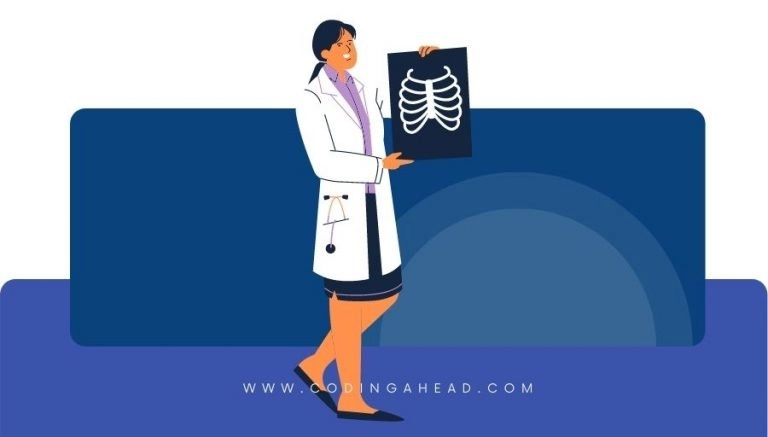How To Use CPT Code 70328
CPT 70328 describes the radiologic examination of the temporomandibular joint (TMJ) with the mouth open and closed on one side. This article will cover the description, official description, procedure, qualifying circumstances, appropriate usage, documentation requirements, billing guidelines, historical information, similar codes and billing examples.
1. What is CPT Code 70328?
CPT 70328 is used to describe a radiologic examination of the temporomandibular joint (TMJ) on one side with the mouth open and closed. This procedure is performed to assess patients who experience arthralgia of the TMJ or abnormal clicking noises when opening and closing the jaw, which may indicate an articular disc disorder.
2. Official Description
The official description of CPT code 70328 is: ‘Radiologic examination, temporomandibular joint, open and closed mouth; unilateral.’
3. Procedure
- The provider takes X-rays of one side of the temporomandibular joint (TMJ) with the mouth open and closed.
- This procedure is performed in patients who have arthralgia of the TMJ or abnormal clicking noises when opening and closing the jaw, which may indicate an articular disc disorder.
4. Qualifying circumstances
CPT 70328 is performed on patients who experience arthralgia of the TMJ or abnormal clicking noises when opening and closing the jaw. These symptoms may indicate an articular disc disorder. The procedure is typically performed unilaterally, focusing on one side of the TMJ.
5. When to use CPT code 70328
CPT code 70328 should be used when a radiologic examination of the temporomandibular joint (TMJ) is performed on one side with the mouth open and closed. It is important to ensure that the documentation supports the need for this specific procedure and that it is performed unilaterally.
6. Documentation requirements
To support a claim for CPT code 70328, the following documentation is required:
- Indication of arthralgia of the TMJ or abnormal clicking noises when opening and closing the jaw
- Confirmation of performing the radiologic examination on one side of the TMJ
- Documentation of the procedure being performed with the mouth open and closed
7. Billing guidelines
When billing for CPT code 70328, ensure that the documentation supports the performance of the radiologic examination on one side of the temporomandibular joint (TMJ) with the mouth open and closed. It is important to follow the specific guidelines for reporting this code and to avoid reporting it with other codes that may not be appropriate for the procedure.
8. Historical information
CPT code 70328 was added to the Current Procedural Terminology system on January 1, 1990. There have been no updates or changes to the code since its addition.
9. Examples
- A patient presents with arthralgia of the temporomandibular joint (TMJ) and the provider performs a radiologic examination of the TMJ on one side with the mouth open and closed to assess the condition.
- A patient complains of abnormal clicking noises when opening and closing the jaw, and the provider performs a radiologic examination of the TMJ on one side with the mouth open and closed to evaluate the issue.
- A patient with suspected articular disc disorder undergoes a radiologic examination of the TMJ on one side with the mouth open and closed to confirm the diagnosis.
- A provider performs a radiologic examination of the TMJ on one side with the mouth open and closed as part of a comprehensive evaluation of a patient’s TMJ dysfunction.
- A patient with persistent TMJ pain undergoes a radiologic examination of the TMJ on one side with the mouth open and closed to identify any abnormalities or causes of the pain.
- A provider orders a radiologic examination of the TMJ on one side with the mouth open and closed to assess the joint’s condition before proceeding with any further treatment.
- A patient with a history of TMJ issues undergoes a radiologic examination of the TMJ on one side with the mouth open and closed to monitor the progression of the condition.
- A provider performs a radiologic examination of the TMJ on one side with the mouth open and closed to rule out any underlying abnormalities or disorders.
- A patient experiences difficulty in jaw movement, and the provider performs a radiologic examination of the TMJ on one side with the mouth open and closed to evaluate the range of motion and identify any issues.
- A provider performs a radiologic examination of the TMJ on one side with the mouth open and closed as part of a pre-operative assessment for a patient undergoing jaw surgery.


